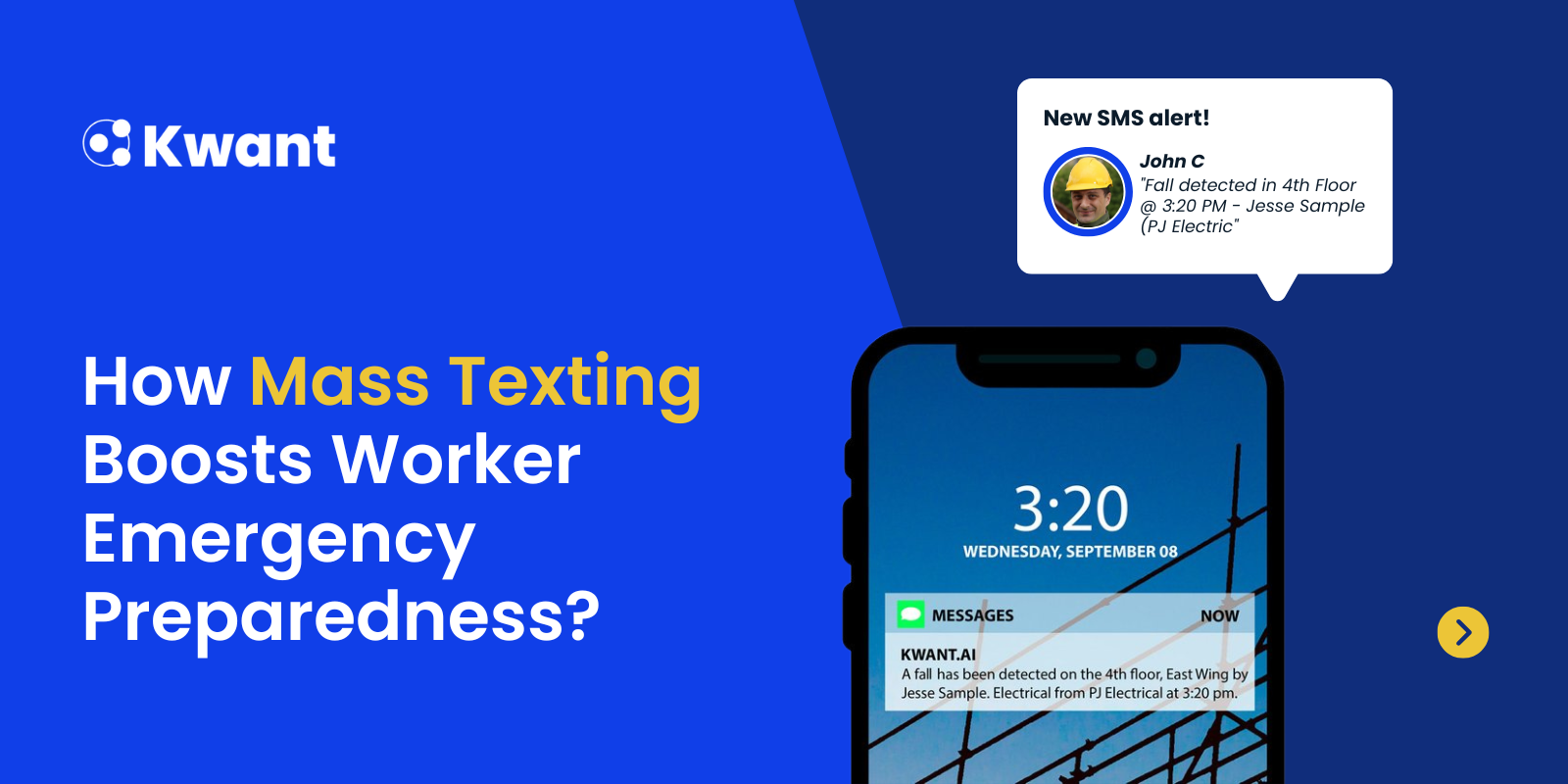On an average 4 construction worker lives are lost in a day in the United States. This number is one of the highest among all industries. Despite 6% of project cost invested in insurance premiums that also eats away profits, these numbers keep on rising.
which is evident by 3 worker fatalities that happened in NY in the last 3 months. To mitigate this risk, reports show that contractors are looking for IoT/wearable solutions. NYC DOB has issued a mandate that requires all workers to have OSHA compliance by December 2019 to avoid costly penalty.
What is Local Law 196
Local Law 196 of 2017 requires certain workers and supervisors to receive safety training at construction sites. Workers at job sites must receive 40 hours of safety training and supervisors must receive 62 hours of safety training.
Three phases of Local Law 196
Phase One (Completed) - By March 1, 2018, all workers must have received a minimum of 10 hours of training. New workers are required to complete this training before arriving on site.
Phase Two - By June 1, 2019 (extended to December 1, 2019) workers must have at least a Limited which includes a minimum 30 hours of training which requires one of the following:
OSHA 10 Version
- OSHA 10-Hour
- 8-Hour Fall Prevention
- 8-Hour Chapter 33 (Site Safety Manager Refresher)
- 4-Hour Supported Scaffold User
OSHA 30 Version
- OSHA 30-Hour
- 100-Hour Training Program Version
- 100-hour training program that at a minimum meets the coursework identified in the curriculum for the Limited SST Card (OSHA 10 Version) or Limited SST Card (OSHA 30 Version)
Site Safety Training Supervisor Card: For construction supervisors, which include site safety managers, site safety coordinators, superintendents, and anyone the DOB defines as a Competent Person, will be required to have a Site Safety Training Supervisor Card.
This card requires a total of 62 hours of training including 30-hour OSHA, 8-hour fall protection, 8-hour Chapter 33, 4-hour supported scaffold user, 2-hour site safety plan, 2-hour tool box talks, 2-hour pre-task safety meeting, 2-hour drug and alcohol awareness, 2-hour general electives, and 2-hour specialized electives.
Phase Three - By September 2020, all workers will be required to have their SST card, which requires 40 hours of training:
- OSHA 10 in addition to 30-45 hours of training
- OSHA 30 in addition to 10-25 hours of training
- A 100-hour training program approved by the DOB
Non-compliance Penalty
If the NYC DOB discovers that workers at a construction site are untrained, they will issue a violation with civil penalties that go as high as $15,000 per untrained worker to the owner of the site, the permit holder and the employer of the untrained worker.
These civil penalties can be mitigated if an employer sponsors training for such an untrained worker.
If the NYC DOB discovers that a permit holder has failed to maintain a log that demonstrated that all of the workers at a site are trained, they will issue a violation with a civil penalty of $2,500.
The NYC DOB will also conduct unannounced inspections at sites where untrained workers have been discovered.
Using advanced technologies for safety
Kwant provides a safety-smart solution to protect contractors’ most important and valuable asset-the workforce. The most important aspect of our worker sensor system is safety with many features that can ensure site safety and lower insurance costs.
· Compliance: With Local Law 196 in place, construction managers need a place to store and update the construction certifications for workers and supervisors. Our cloud-based platform provides a digital database for OSHA cards, craft certifications, identification and other worker information that are easily sorted and accessible on mobile devices from anywhere. Avoid costly fines ( of average $40K/incident)and reduce risk.
· Fall Detection: By embedded algorithm in the sensors or simply double-clicking the digital badge(beacon), an instant alert/ message is sent to the designated project manager or site safety manager with the worker name and fall location information in seconds. Response time is reduced by 96% which can potentially save lives and reduce the risk of fatalities.
· Geofencing: To avoid accidents of workers entering an unsafe area or ensure quick evacuation, geo-fencing of the construction site is enabled to alert workers when they are near or inside a hazardous or an authorized zone. Real-time locations of construction workers displaying in a heat map of the construction site that is viewable on computers and mobile devices by the safety managers and timely notifications for worker presence in danger zones.
· Proactive risk management: Using artificial intelligence, we can measure trends, highlight risks & drive behavior to improve the safety culture of job sites. Combing the power of human intelligence of years of experience and big data, we are able to enable proactive decisions on high-risk location, activities, trades or days of the week so that we predict and prevent accidents.
Learn more about construction site safety with the Kwant solution today by trying a free demo.
.svg)

.png)










%20(1).svg)














